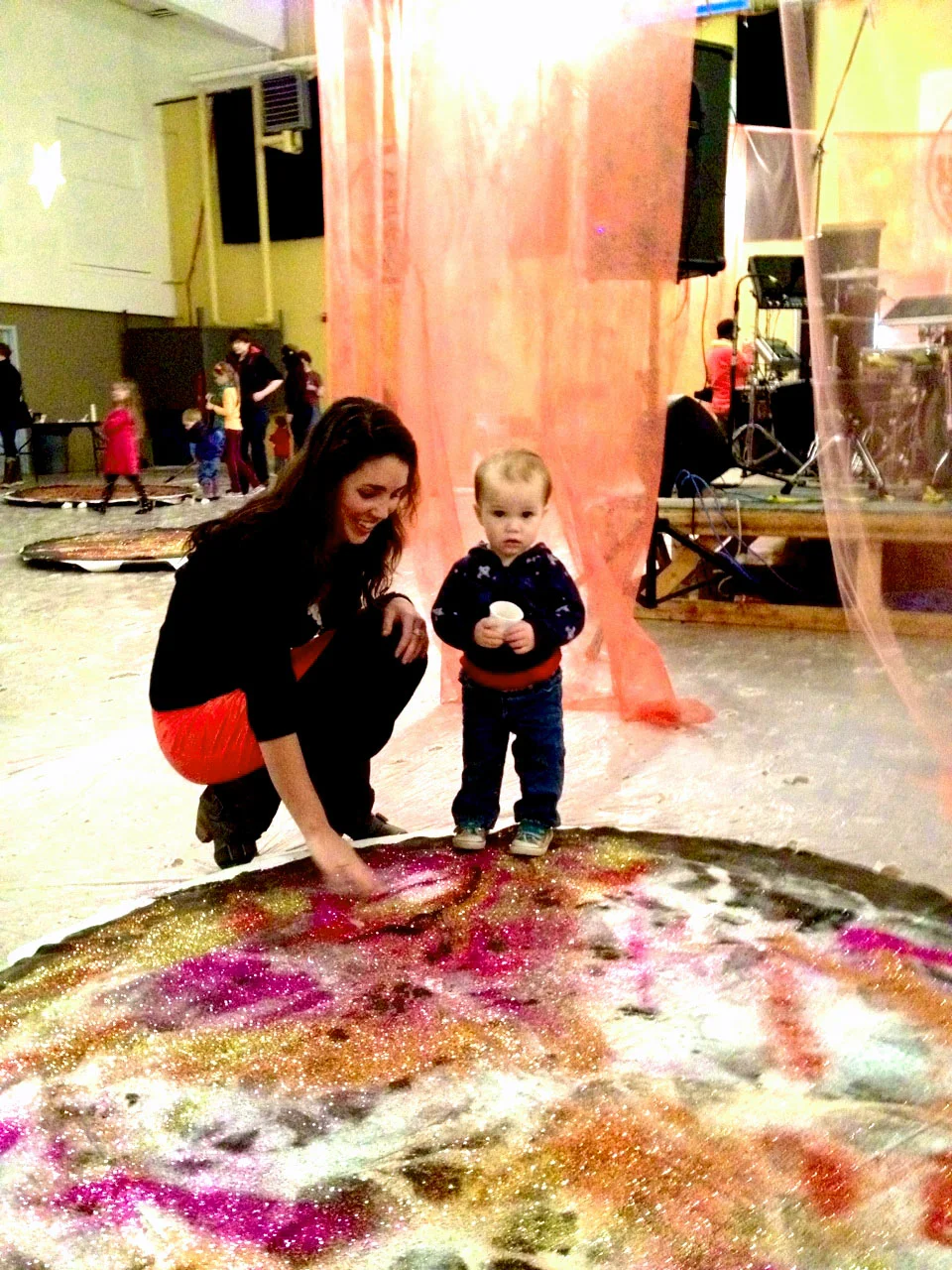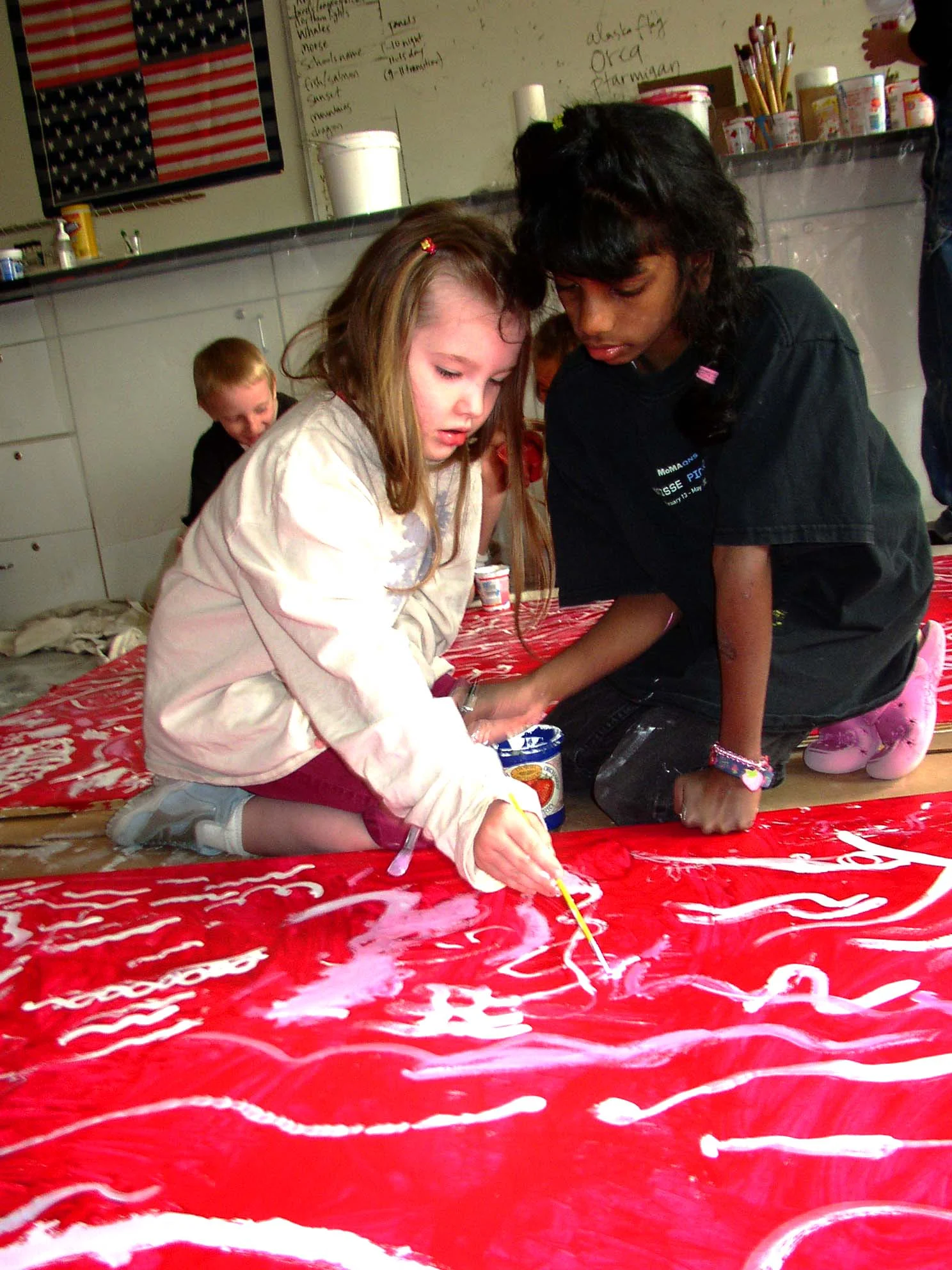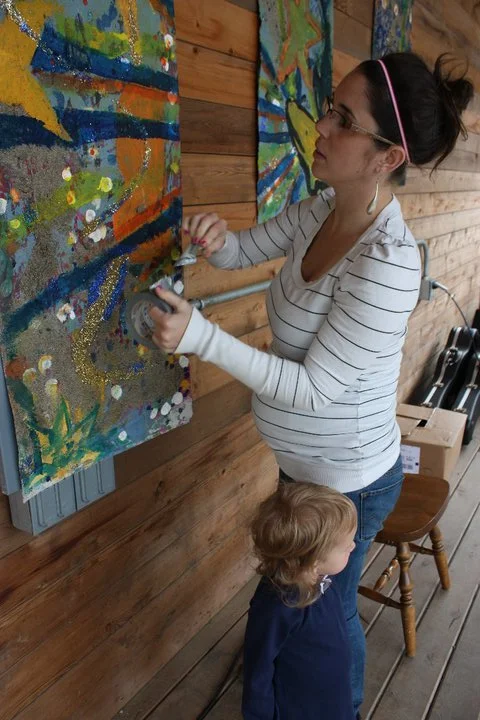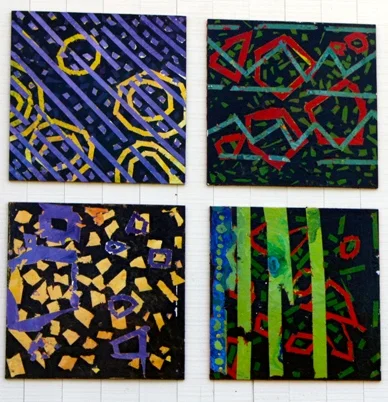




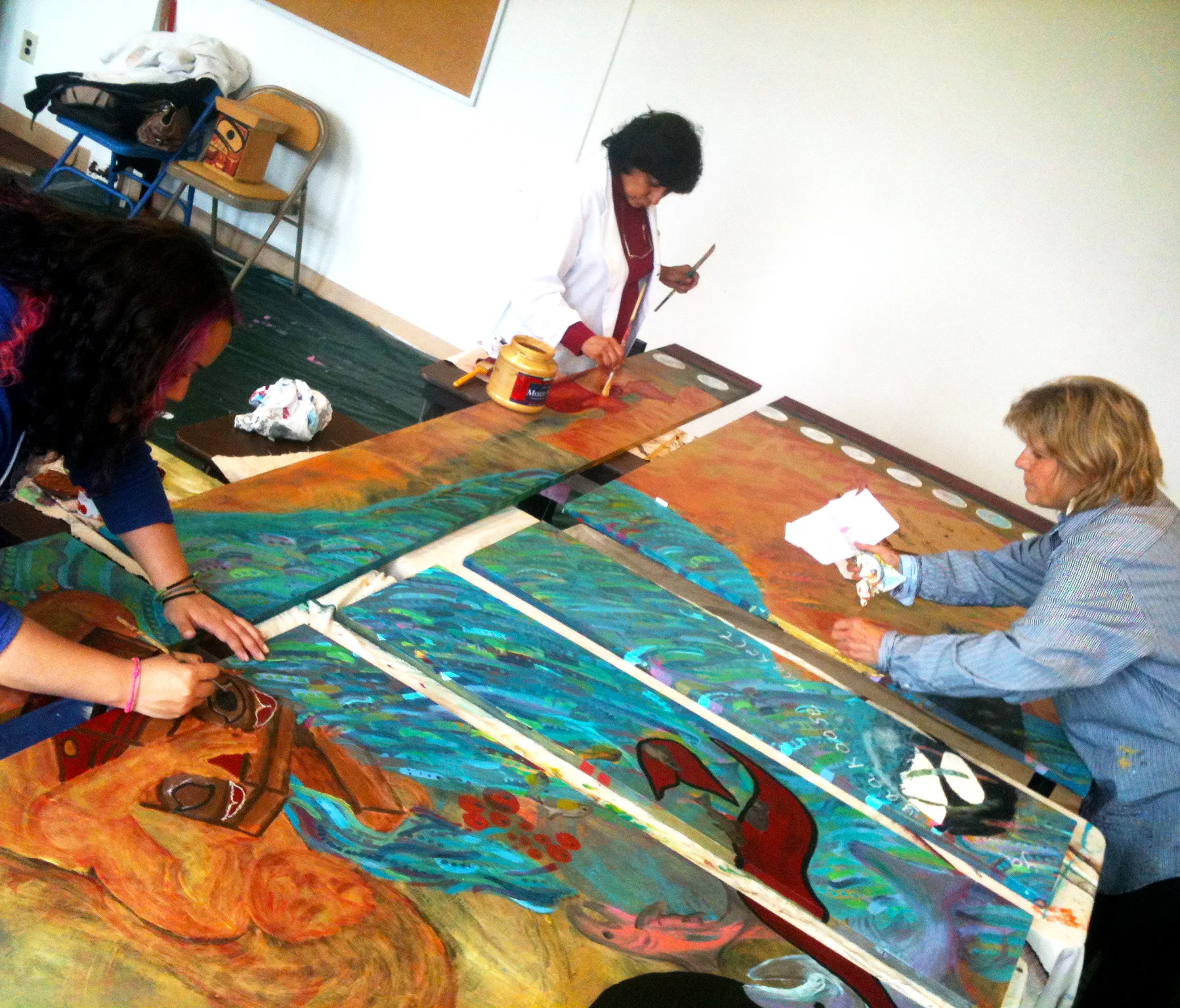

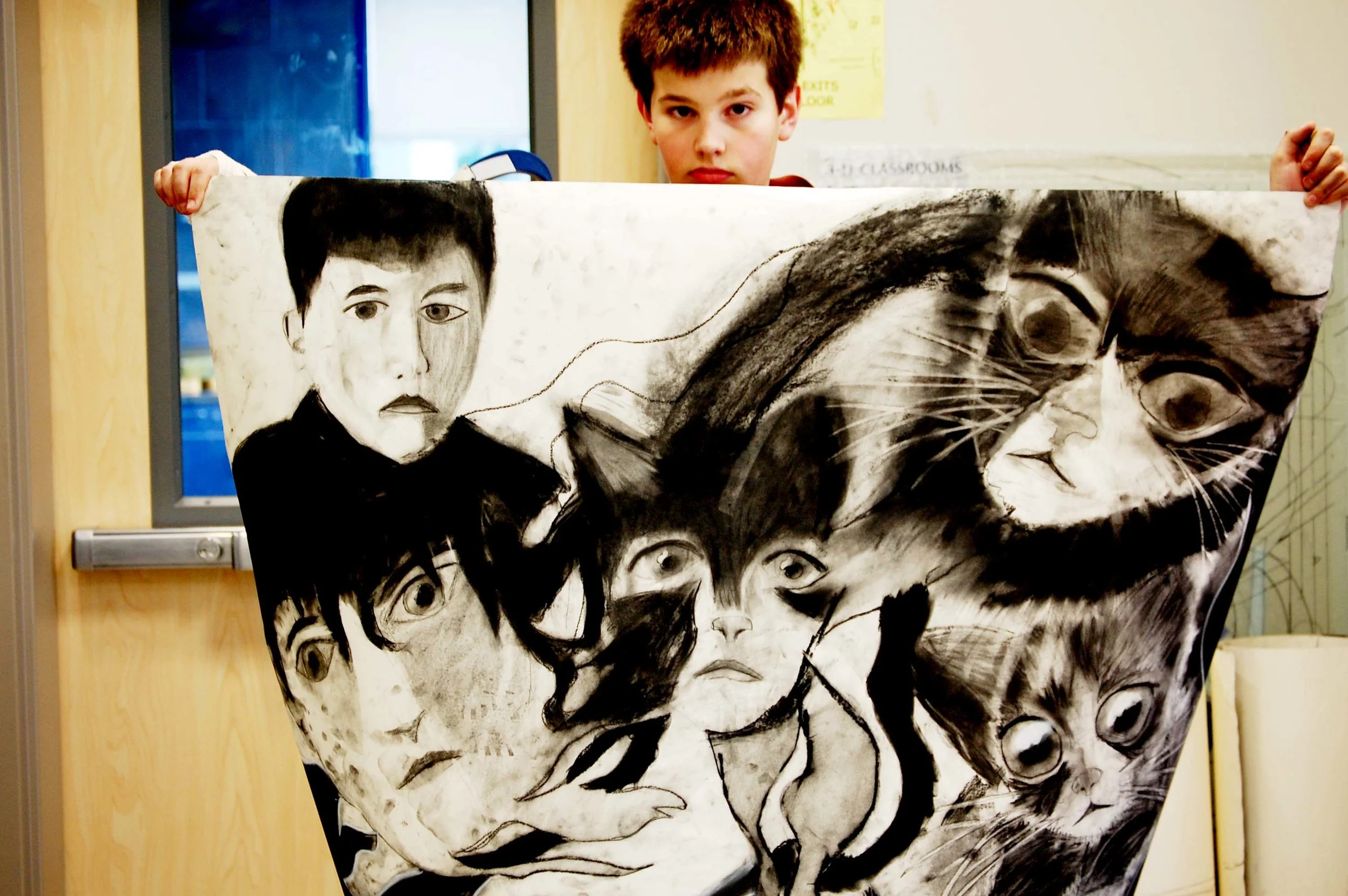









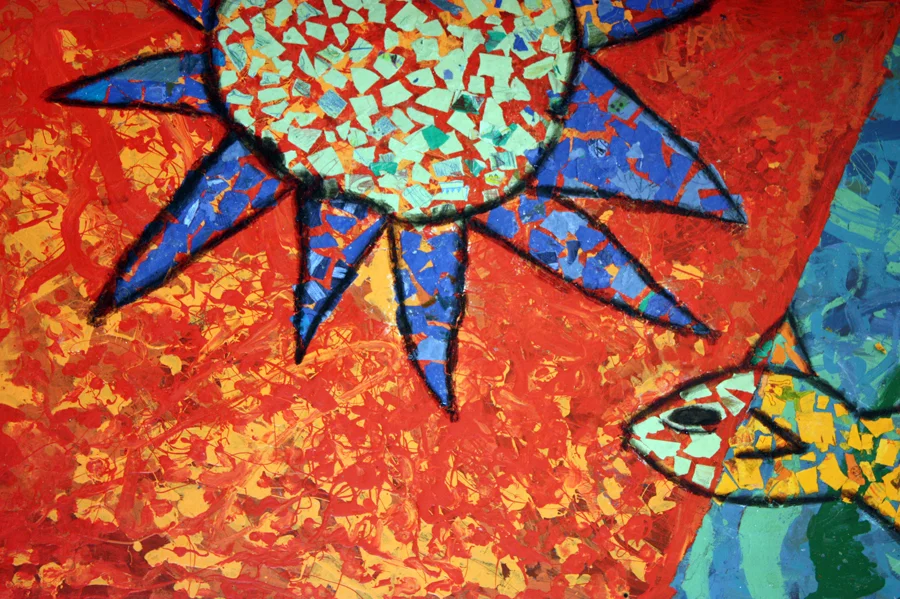

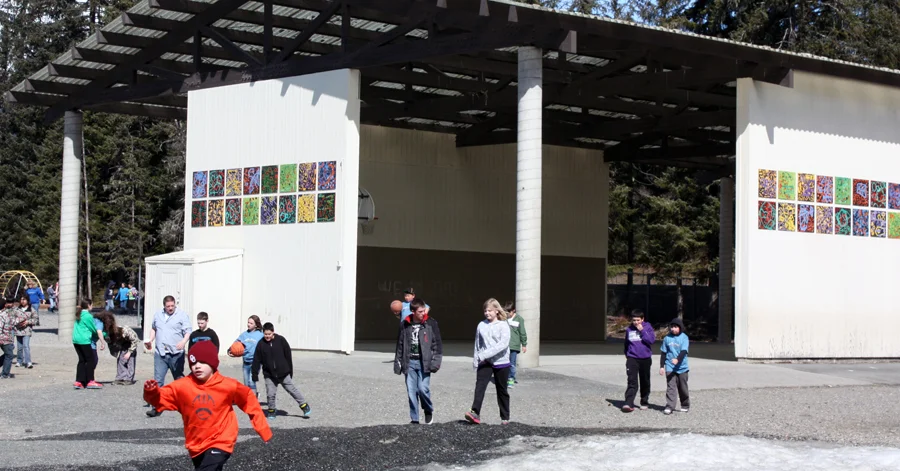







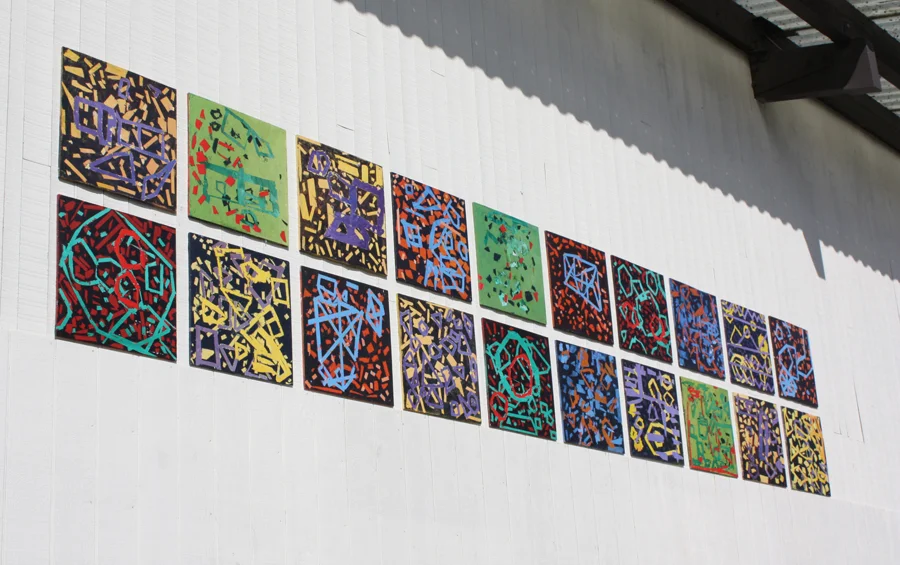














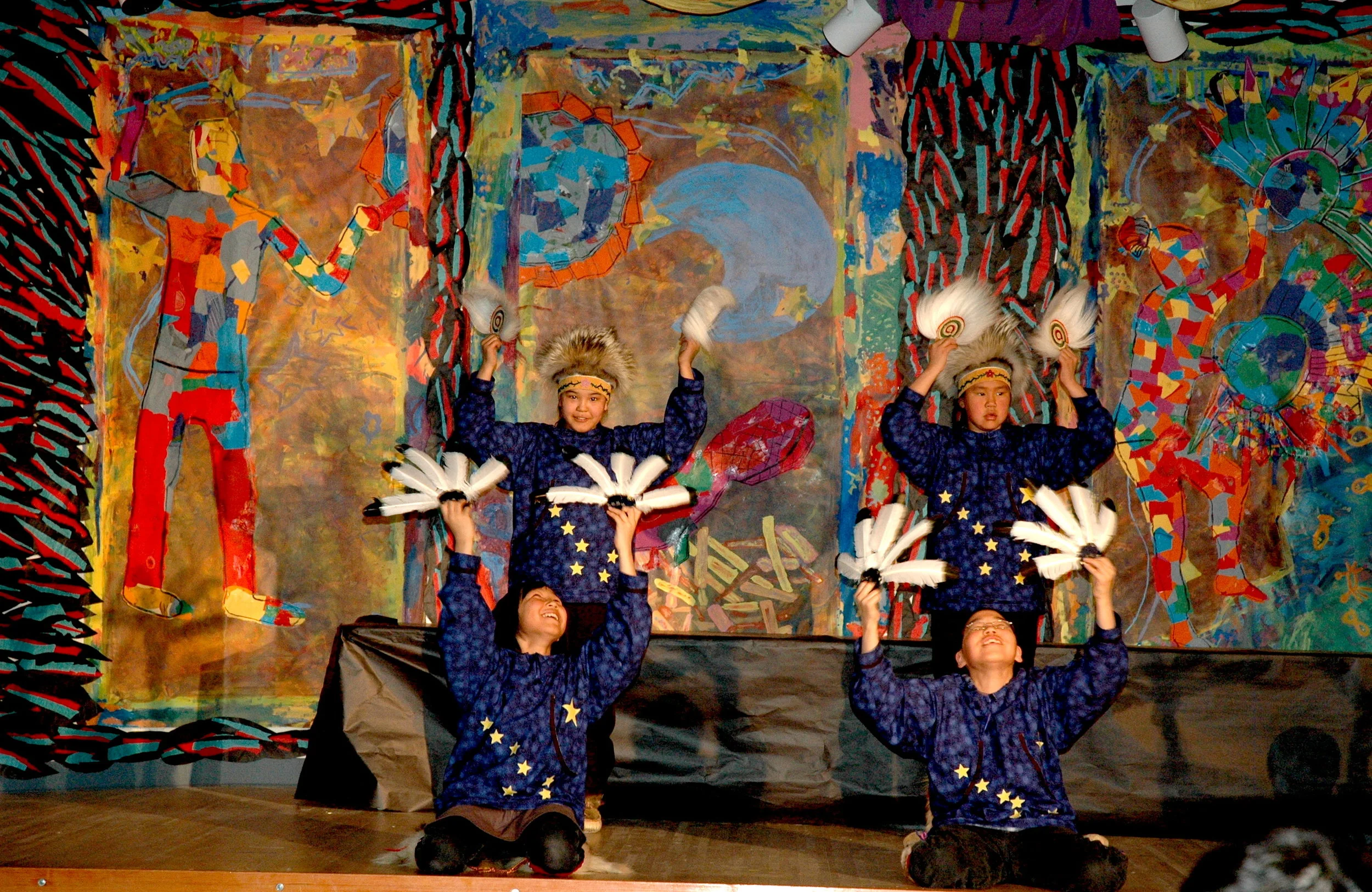






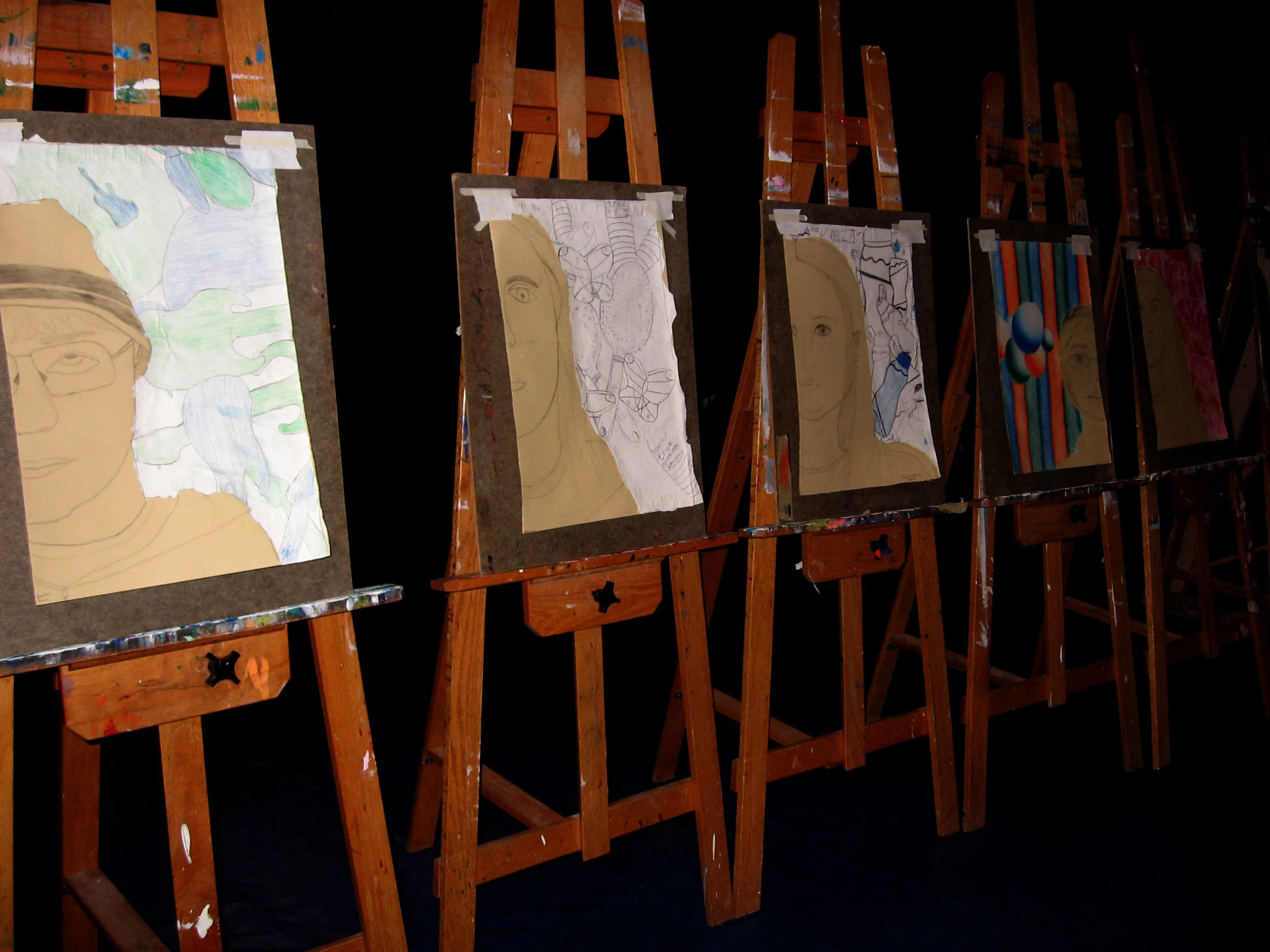



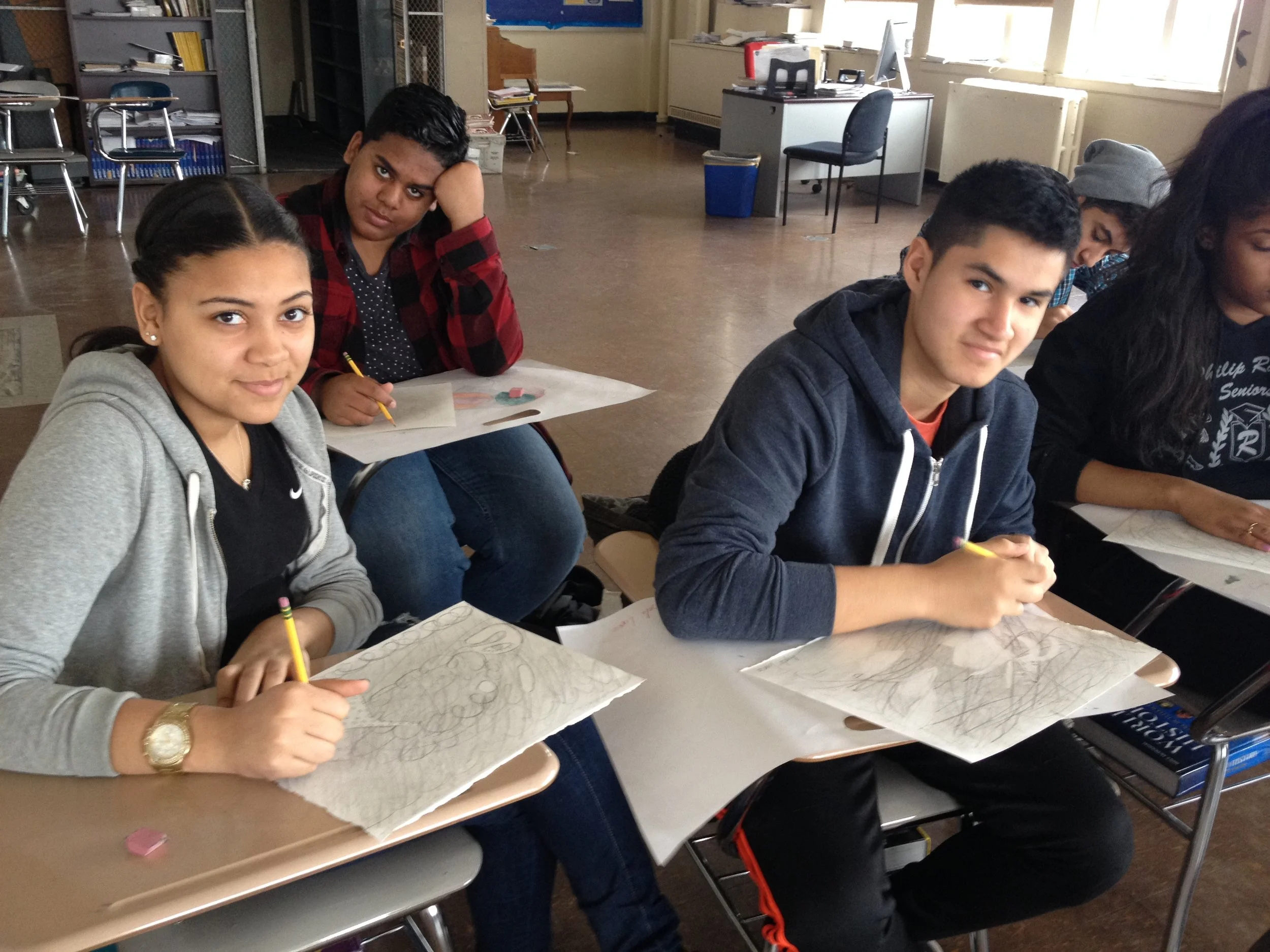



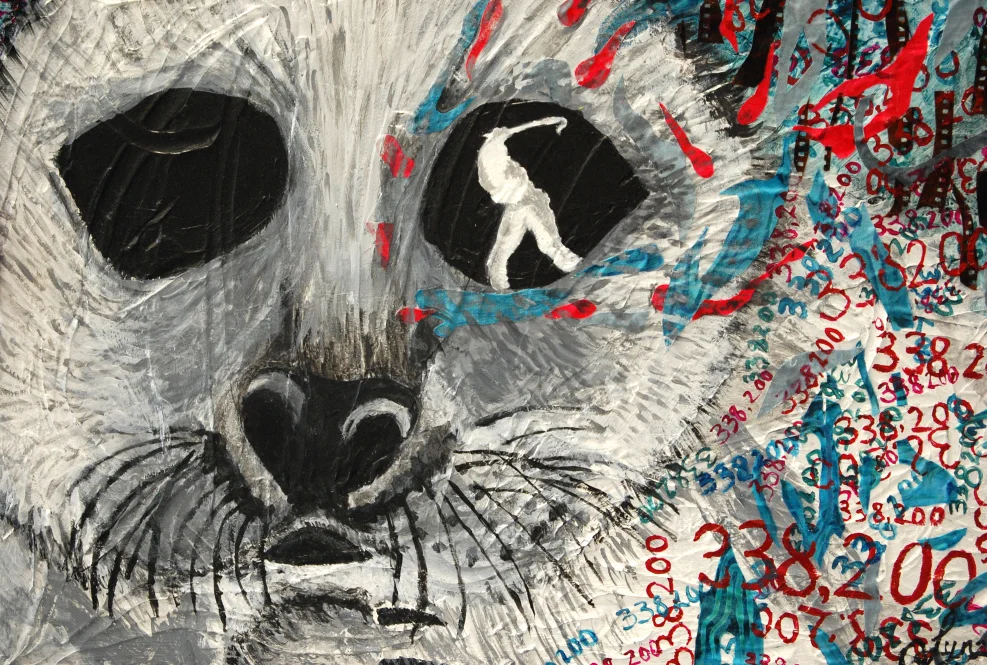

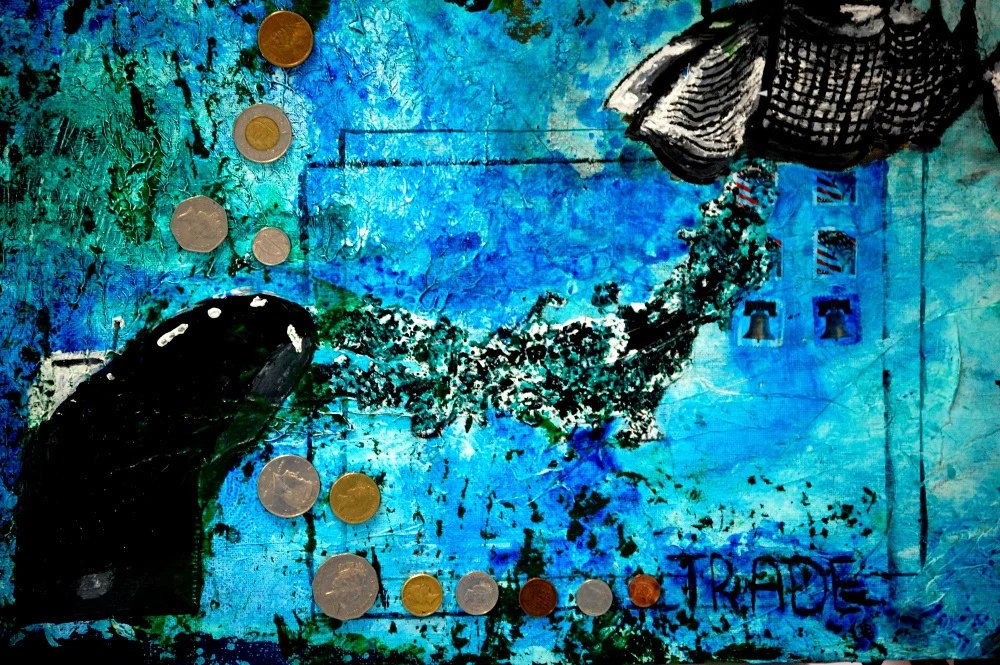














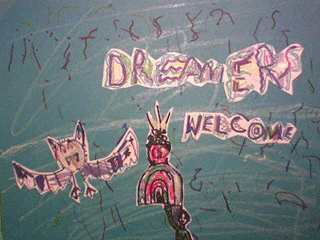





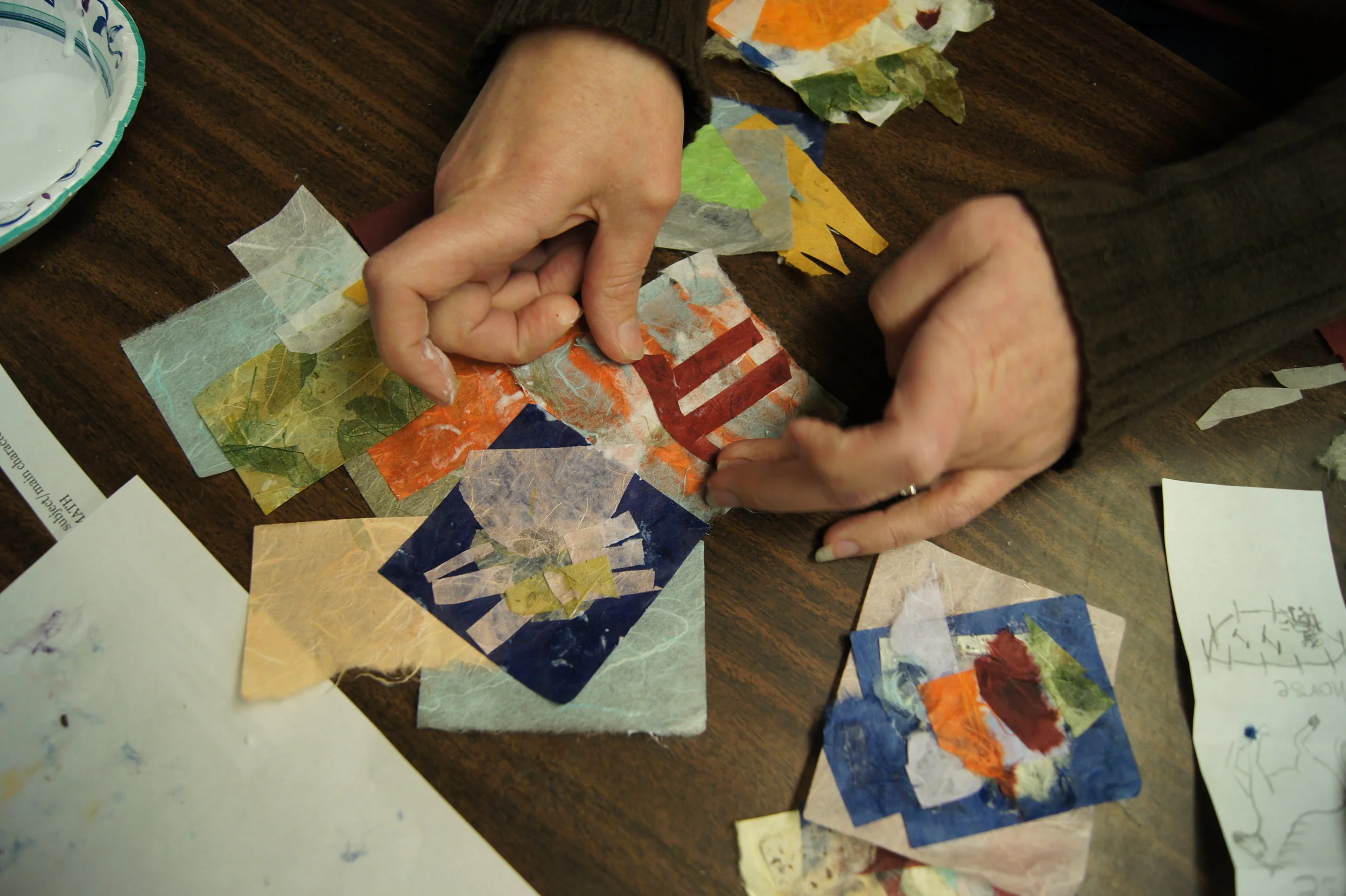
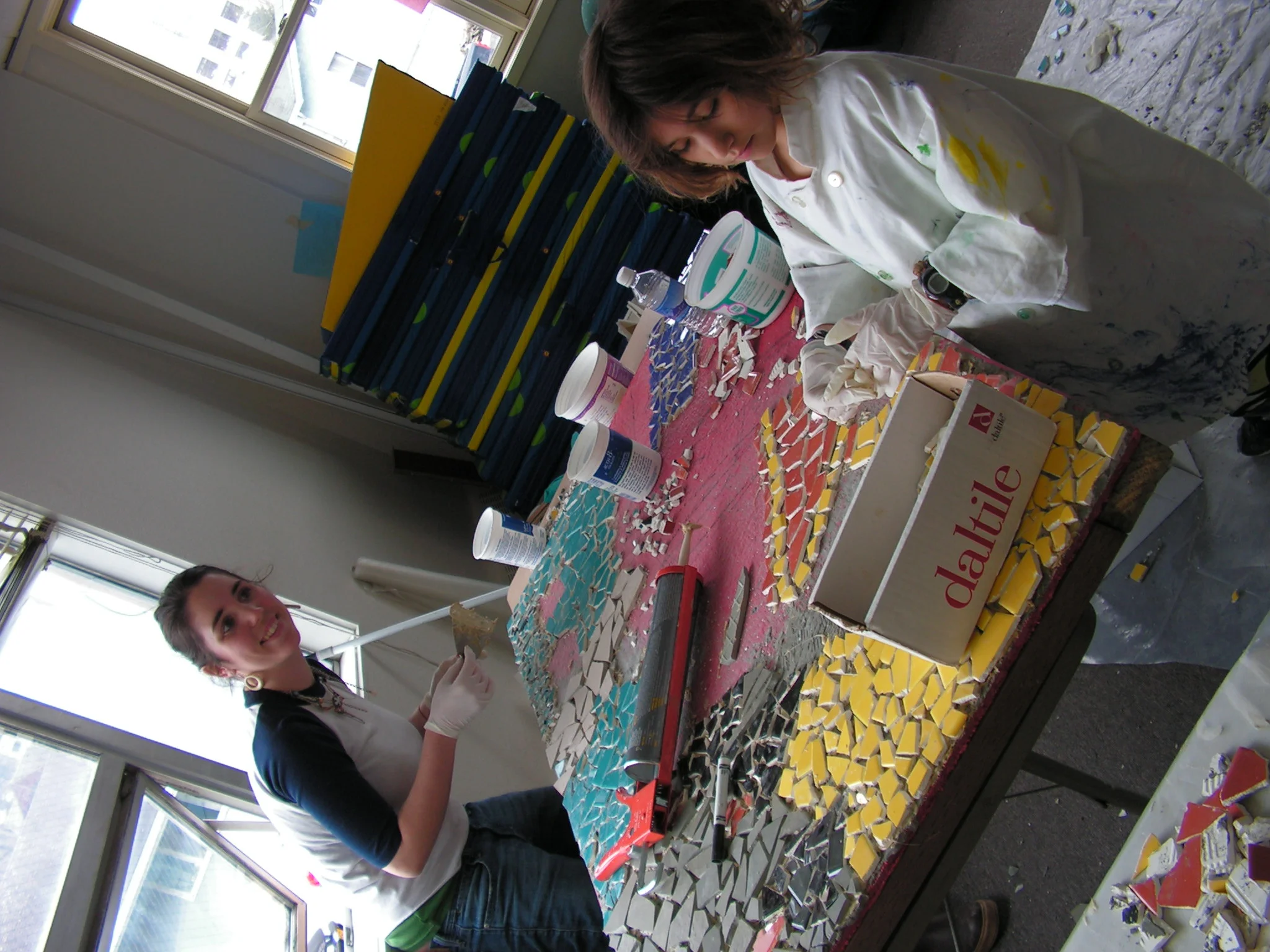

Sarah Conarro is an artist and an educator. In both practices, Sarah creates engaging and fun environments where learners feel empowered creatively as an individual and are shown that they are a part of a community / part of a group. In teaching, learners are given the freedom to experiment while building the foundational tools and language to approach art in an engaged way.Within her teaching work, Sarah applies the same philosophy that she applies to her own practice: through focusing on asking questions without assumptions on what any answer will be, the stage will be set for authentic process. She titled the philosophy The Mind is an Abstract Concept.Within this framework, Sarah approaches every teaching opportunity as a collaboration. Viewing people and their natural skill sets as a list of ingredients, every process begins with inquiry into what each learner brings to the mix for their uncharted recipe. This process includes actively building a communal vocabulary spanning technical art terms (such as the elements of art), outlining and utilizing constructive critique methods, and requiring open-minded dialogue.Establishing routine through using external tools (visual timer, posted schedule, song), learners develop a natural work flow that does not feel interrupted by much ‘teacher talk’ at all. For fun and inspiration, everyone participating in a class-setting (whether private lessons or large groups) watches and listens to 'The-Be-So-Series', establishing the energy of the The Mind Is An Abstract Concept as well as the expectations.Since 2005, Sarah has been developing and applying the philosophy in classrooms and communities nationally. In the process, discoveries appear, begetting more process, begetting discovery….and on and on the loop continues creating endless questions to investigate :::: What does it feel like to make a piece that is 10 feet tall? What does it feel like to make a piece that is 1 inch tall? What ideas and experimental methods can be explored during free material time in 10 minutes? What can be furthered in a project lasting 10 days? What does it look like to make a collage with a collage? What happens when glue is poured in excess? What image can be made using only a monochromatic palette? What visual elements heighten a copy of the same image? What are entry-level tricks for realistic observational drawings? What is the difference between a considered abstraction and an impulsive gesture?
Experimentation and Process & Collaborative Decision-Making, ages 0 - 100
Arts Integration & Experimentation and Process, ages 6 - 9


